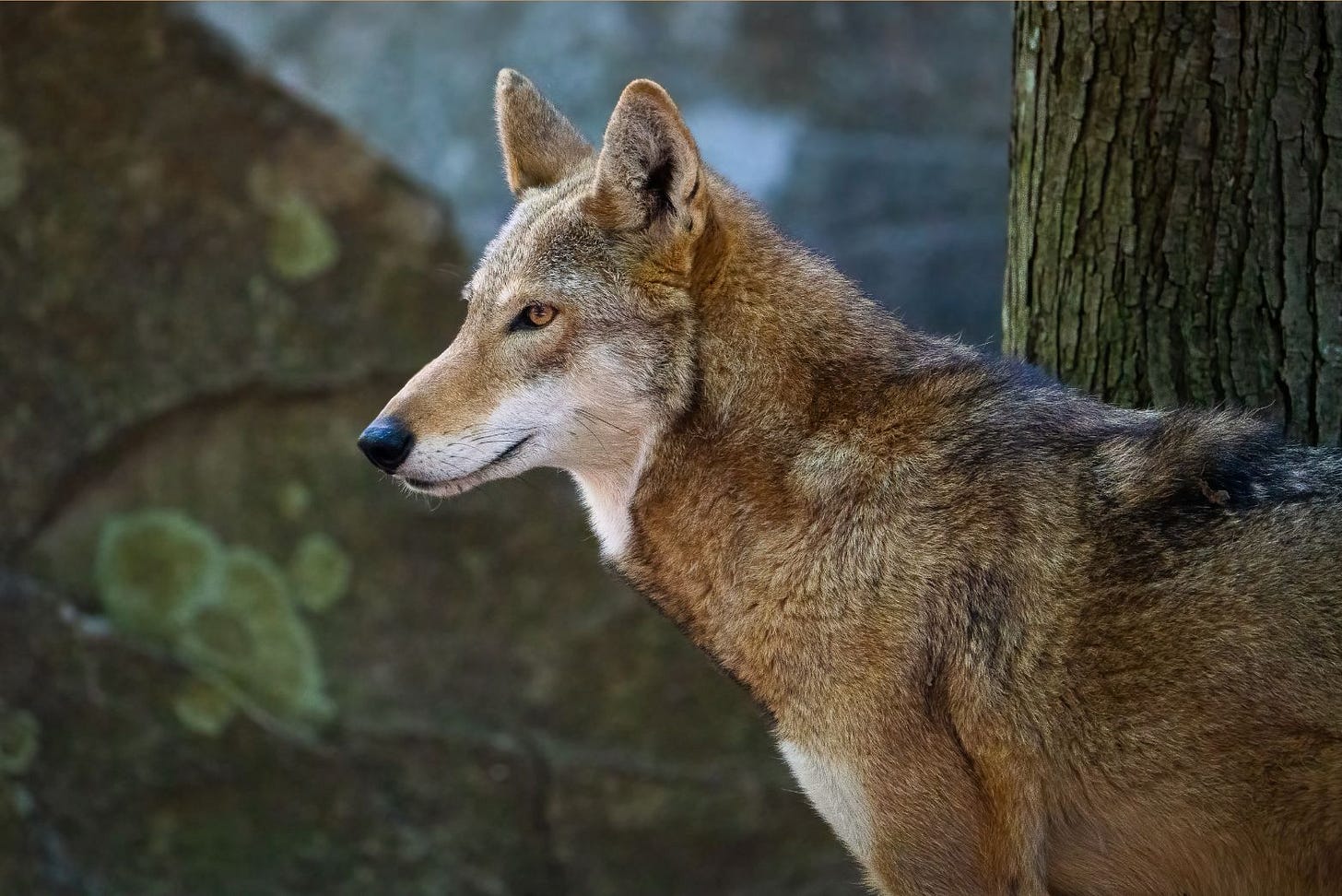Wolves in Yellowstone are helping aspen forests rebound
A new study shows that the reintroduction of wolves to Yellowstone is helping forests recover. After decades of overbrowsing by elk, many of the park’s aspen groves had been wiped out. But with the return of wolves, elk have altered their behaviour: shortening their feeding sessions and avoiding risky open areas. As the browsing pressure has decreased, aspen trees have been given the chance to grow.
For the first time in nearly 80 years, researchers have documented a new generation of mature aspen trees in Yellowstone’s northern range. As aspen trees return, so do species they support—from beavers to songbirds. The findings highlight the power of trophic cascades—where predators influence the entire ecosystem—and show how restoring an apex species can spark broader ecological recovery.
U.S. building its first solar-powered steel mill
Pacific Steel Group is building the United States’ first solar-powered steel mill in California’s Mojave Desert. The facility will produce up to 450,000 tons of rebar annually using electricity generated mainly from on-site solar panels and wind turbines, reducing greenhouse gas emissions by about 370,000 tons each year—the equivalent of taking 75,000 cars off the road. The mill, set to reach full capacity by 2027, is designed with advanced pollution controls, energy-efficient technologies, and carbon capture to further minimize environmental impact.
The project also brings economic benefits to California. Not only will it create nearly 450 jobs and keep recycling operations local, but it also helps lower energy costs through renewable power generation. Supported by $30 million in state tax credits, the initiative exemplifies how heavy industry can adopt clean energy solutions profitably, setting a precedent for sustainable manufacturing practices.
Researchers turning cow dung into cellulose
Researchers have developed a way to extract cellulose nanofibrils from manure. These microscopic fibers, which maintain the properties of natural cellulose, can be spun into films, ribbons, and threads suitable for a range of industrial applications—from packaging to energy storage and biomedicine.
Traditional cellulose is made with plants that take space and resources to grow, and it is produced using toxic chemicals for extraction. Using cow dung requires less resources and doesn’t compete with food crops. This new method also addresses the issue of farm waste, which produces methane emissions and can pollute the local waterways. It also brings economic benefits to dairy farmers, offering a new revenue stream and lowering disposal costs. As the technology evolves and scales, it holds promise for broader adoption in various industries, changing how waste is managed and raw materials are sourced.
Tanzania establishing new marine protected areas
Tanzania has announced the establishment of two new marine protected areas (MPAs) off the eastern coast of Pemba Island in Zanzibar: the North-East Pemba Conservation Area and the South-East Pemba Conservation Area. Covering over 1,300 square kilometers, these areas will safeguard coral reefs, mangroves, and seagrass habitats, aligning with the global 30×30 target to protect 30% of the planet's land and oceans by 2030.
The Wildlife Conservation Society and other partners supported the initiative, highlighting Pemba East as a climate refuge and biodiversity hotspot. The project emerged from extensive consultations with coastal communities, with around 3,800 residents engaged and over 80% supporting the protections. The MPAs will not only enhance environmental resilience — they will support sustainable livelihoods for Pemba’s half-million residents, many of whom depend these vital marine ecosystems.
Australian Wildlife Conservancy has released Brush-Tailed Bettongs
The Australian Wildlife Conservancy has recently reintroduced Brush-tailed Bettongs—small, endangered marsupials—into protected areas of Mount Gibson, Western Australia. Dubbed as “ecosystem engineers,” Bettongs help spread seeds and improve soil with their digging. Botanists hope they will help more native plants grow.
By managing feral predators and expanding conservation areas, the Conservancy has helped native mammal populations rebound, with eight previously extinct species now thriving in these safe havens. The organization aims to increase conservation coverage to 5% of Australia’s landmass by 2035 and advocates for more effective management of protected lands under the global "30x30" initiative.
These efforts are part of Australia’s response to its high rate of mammal extinctions, the highest in the world. By tracking reintroduced animals and monitoring environmental changes, the project offers hope for reversing biodiversity loss. Leadership changes and increased funding are seen as essential to scaling up these conservation successes and inspiring both domestic and international support for protecting Australia’s natural heritage.



